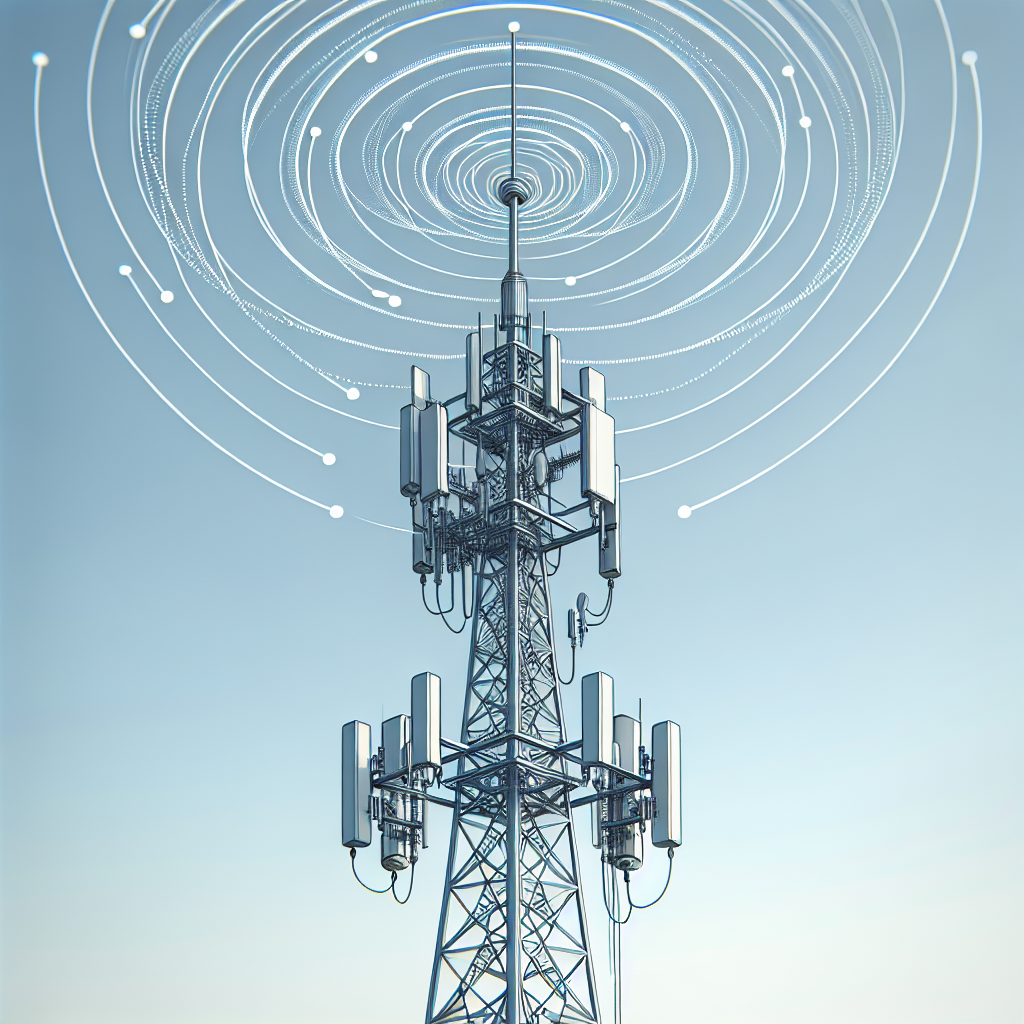In the context of training AI models, a token generally refers to a single unit of input data that the model processes at one time. The term “token” can be used in various ways depending on the specific type of AI model and its architecture, but here are a few common interpretations:
- Natural Language Processing (NLP): In NLP tasks such as language modeling or machine translation, a token usually represents a word or a subword unit (like parts of words created by algorithms such as Byte-Pair Encoding or WordPiece). For instance, in a sentence “I love natural language processing,” each word would typically be considered a token.
- Computer Vision: In image processing tasks, a token could represent a pixel or a patch of pixels. Sometimes, tokens in computer vision are used in the context of transformer models where patches of an image are treated as tokens for processing.
- Audio Processing: In speech recognition or audio processing tasks, a token could correspond to a small segment of audio data, often represented as a spectrogram or a waveform.
- Reinforcement Learning: In reinforcement learning, a token might refer to a state-action pair in a specific environment, which the model uses to learn and improve its decision-making over time.
The size and nature of tokens can vary greatly depending on the specific AI model architecture and the requirements of the task. Tokens are fundamental to how models perceive and process input data, making them a critical concept in AI training and inference.
Latest posts by Jalali Hartman (see all)
- How do people make those A.I. generated images you see on social media? - September 23, 2024
- The Great USB Cable Conspiracy - September 12, 2024
- Polaris Dawn - August 27, 2024


